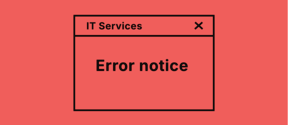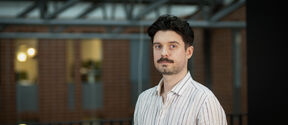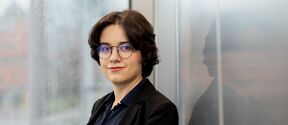Third dimension in data digitisation
Jeremiasz Merkel shares his experience after his first successful 360-spins.

For thousands of years, humanity has gathered inexhaustible resources of knowledge, inventions, scientific discoveries, artworks, manuscripts and much more. Unfortunately, majority of them are still hidden in impenetrable archives spread over the world. Given current conditions, a raging pandemic and rapid computerization, unlimited and remote access to knowledge has never been more important and urgent.
With a history reaching back over 150 years, Aalto Archives is aiming to be a pioneer in the field of data digitalisation. After a successful execution of projects connected with digitalisation 50 000 theses and dissertations and nearly 200 000 photographs the vast and divers ceramic collection is the next challenge.
Digitization of ceramics with high-end technology
To enable a proper process of data acquisition the most sophisticated technology is used. The whole workstation has a cunning name: PhotoRobot. Actually, it looks like a small spacecraft. Despite the large size, nearly the whole digitalisation process can be controlled remotely by an inconspicuous laptop. By clicking proper command, you are able to adjust the position of multicam bow, follow the live view from different cameras and even change parameters like shutter speed or aperture.
After implementation of relevant settings and clicking the start button, the magic begins. The object starts to rotate and stop in regular intervals, lights are flashing widely, and three cameras are taking photos from three different angles simultaneously. The entire operation takes around 3 minutes after which you have access to 108 perfectly sharp photographic images. The images are saved locally but also in the cloud, so that anyone from anywhere can have the remote access to the outputs of any particular photo session.
What can you do with the obtained photos? Possibilities seem endless, starting from publishing photos in online catalogues and the production of 360-degree rotating images but also creating 3D models and making them available via different platforms and various virtual reality headsets. Our only limitation is human’s creativity and imagination. Stay tuned and follow our project to discover that the “future of the archives is now”!
Written by Jeremiasz Merkel, current main user of the PhotoRobot at the Aalto Archives
Aalto University Archives
Aalto University Archives is an archive service open to all researchers. The mission of the Archives is to preserve and maintain the university's scientific, artistic and administrative cultural heritage and to promote research based on it.

Read more news

The School of Business will confer nine honorary doctors at its May 2026 Ceremonial Conferment – this prestigious celebration is held every five years
The first Ceremonial Conferment of the School of Business was held in 1946, so the 17th Ceremonial Conferment of the School of Business will take place in spring 2026
Issue in Aalto Wiki navigation and themes
Moving between Wiki areas difficult due to the problem
Sebastian Szyller: I want to make machine learning more dependable and resilient to attacks
Sebastian Szyller has been appointed assistant professor at Aalto University Department of Computer Science as from 1 September 2025. He studies how to train privacy-preserving machine learning models, how to safeguard them and ensure robust predictions in untrusted environments










